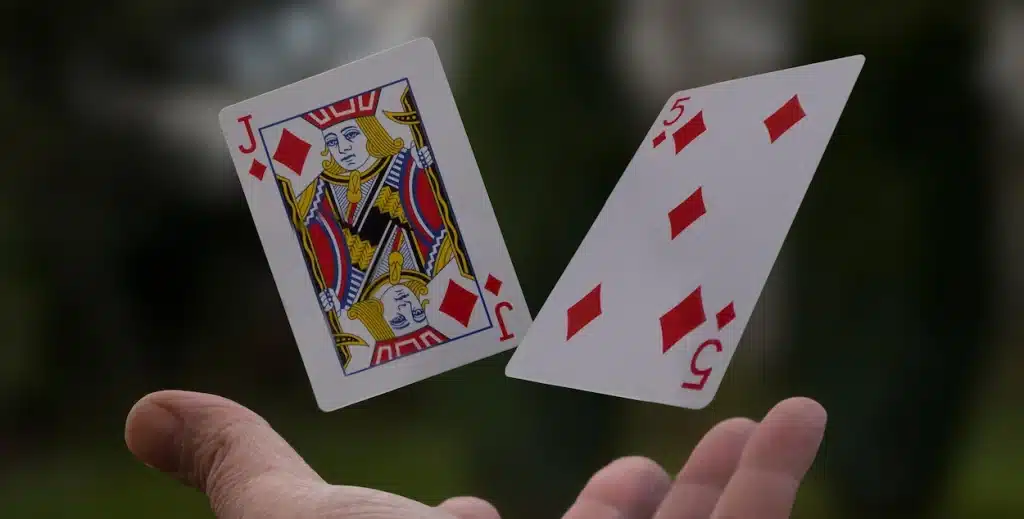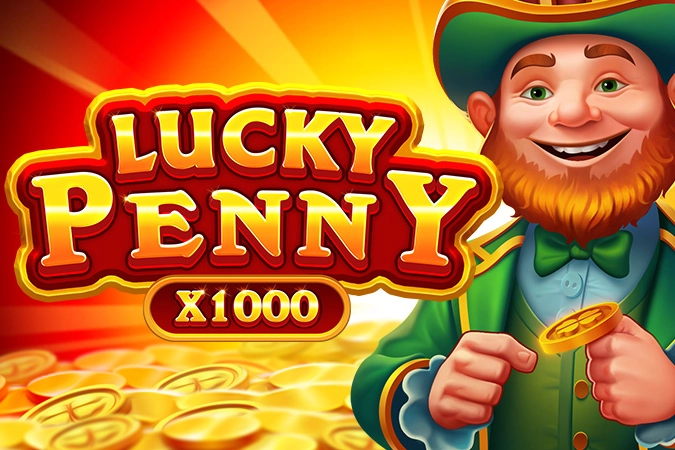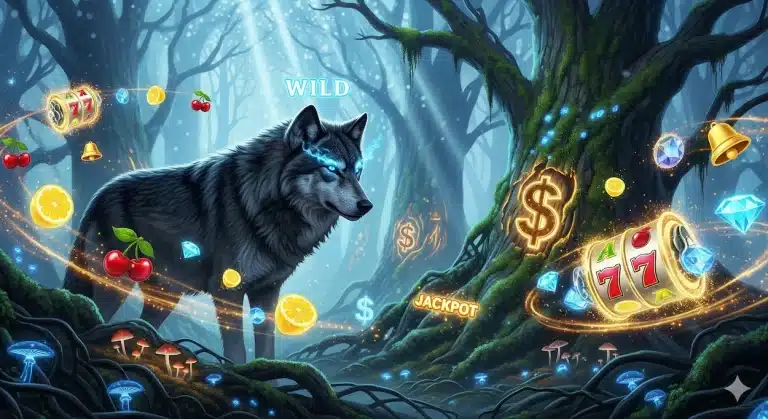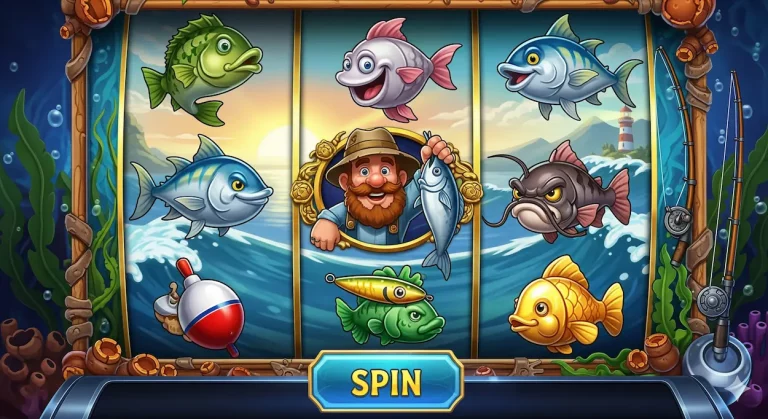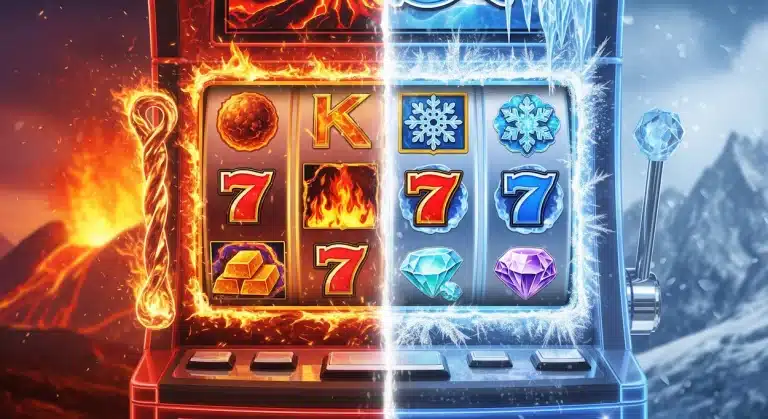Sometimes the cards you are dealt at the blackjack table put you into a sticky situation. There are hands which the stats suggest will favor the dealer, but there are a few tips and tricks to optimize your chances even in the toughest situations. We are going to take you through a couple of examples and show you the best tactics to use when you are dealt a bad hand.
Navigating Stiff Totals
Blackjack often presents players with what are known as “stiff totals”—hands valued from 12 to 16. These are the most challenging hands because taking another card risks a bust, yet standing might lead to a loss against a strong dealer hand. The key to playing these hands is to assess the dealer’s upcard. If the dealer shows a weak card (2 through 6), the correct play is to stand. You’re counting on the dealer to hit and bust, making your mediocre hand a winner. However, if the dealer has a strong upcard (7 or higher), basic strategy dictates that you should hit. While this seems counterintuitive with the risk of busting, the dealer is unlikely to bust themselves, and your hand is a guaranteed loser if you don’t try to improve it. An advanced player understands this probability and makes the disciplined choice.
Mastering Paired Low Cards
While splitting Aces and 8s is common knowledge, pairs of low cards like 2s, 3s, 6s, and 7s can be a source of confusion. Splitting a pair is a powerful move that can turn one weak hand into two potential winners. For pairs of 2s and 3s, you should split them only when the dealer’s upcard is a 4, 5, 6, or 7. This strategy takes advantage of the dealer’s vulnerability. When the dealer shows a high card, you should treat the pair as a hard 4 or 6 and hit. The same principle applies to pairs of 6s; split them against a dealer’s 2 through 6. This is a highly profitable play that transforms a hard 12 into two hands with a strong chance of becoming a winner.
A pair of 7s is a special case. You should only split them when the dealer’s upcard is a 2 through 7. Against a dealer’s 8 or higher, it’s better to stand on your 14. While a hard 14 is a weak hand, splitting it against a strong dealer can create two hands that are even more likely to lose. By standing, you minimize your risk and hope for the best.
The Power of Surrender and Other Advanced Plays
Beyond common hands, advanced tactics like doubling down and surrendering can significantly improve your game. A hard 11, for example, is one of the best hands in blackjack and should almost always be doubled down on, regardless of the dealer’s upcard. The only exception is if the dealer shows an Ace, where the risk of the dealer having a blackjack is too high.
Another powerful option, available in some casinos, is surrender. This allows you to forfeit half of your bet and end the hand. Surrendering is a crucial tool for minimizing losses in particularly dire situations. The most common surrender plays are a hard 15 against a dealer’s 10 and a hard 16 against a dealer’s 9, 10, or Ace. These are hands that are highly likely to lose, and surrendering is the optimal way to save a portion of your bet.
The Mental Game
Ultimately, knowing these strategies is only half the battle. The true mark of an advanced player is emotional control and disciplined bankroll management. Blackjack is a game of probabilities, and even the most “unlucky” hands can be played optimally. By mastering these advanced strategies for handling tough hands, you’ll not only improve your game but also gain the confidence to face any hand the cards throw at you, turning difficult situations into winning opportunities.

